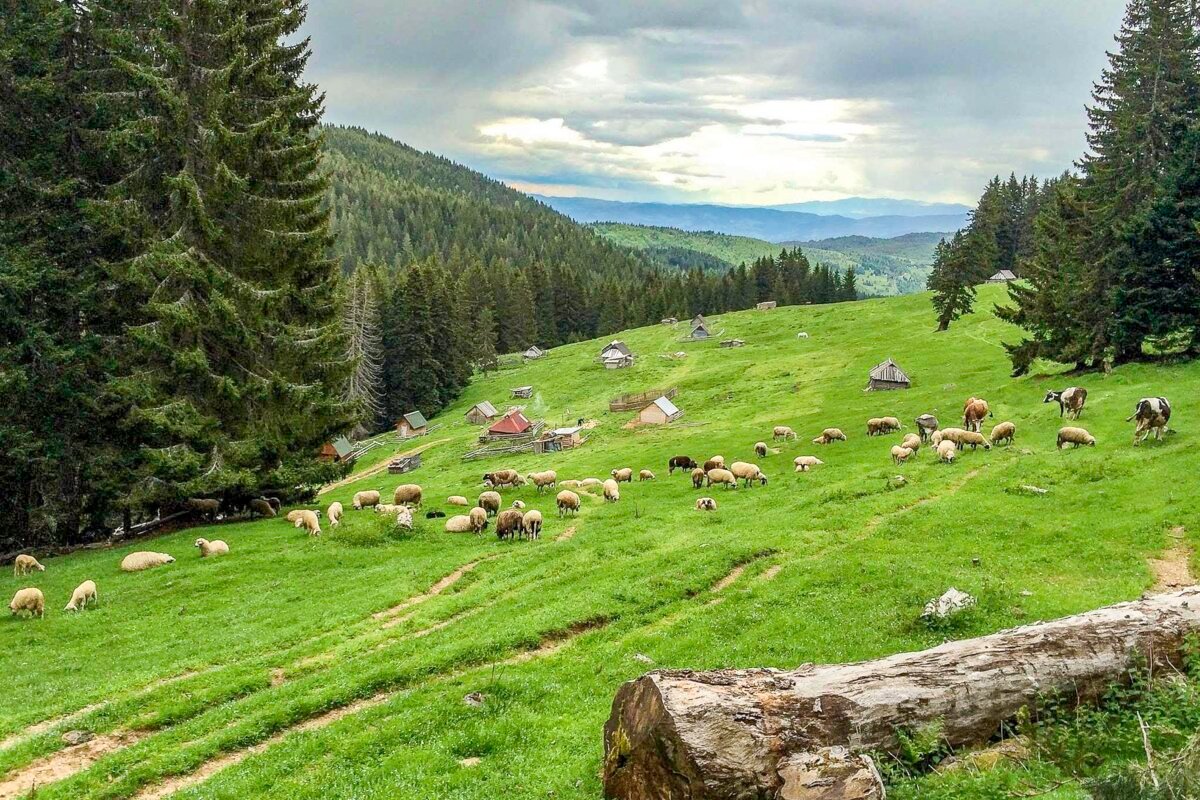
Katuns are ancient transhumant settlement scattered throughout Montenegro mountains, In old time cattle breeding has been main source of income, and providing pastures for the animals was highest priority. This is why many farmers moved high into the mountains with their cattle and stayed there for several months. This has been and still is a frugal life, with no infrastructure, particular architecture of the huts, specific culture and customs shaped by the this tradition, and this maintained, with minor modern changes until today. Modern day brought a need for tourism, as katun zones are very attractive areas high in the mountains. There is a risk of devastation of katuns, and it usually happens that the most attractive locations have pushed the farmers out and resorts started to be built instead. This is why Regional Development Agency for Bjelasica, Komovi and Prokletije and Association for rural tourism Montenegro submitted an initiative to protect katuns as intangible cultural heritage and thus decrease the pressure from them. Instead, katuns should be oases of sustainable tourism in the mountains, where food supply chains are extremely short, where food is of utmost quality, where traditional hospitality is not taught in schools but is part of culture, where tourists can step into a time machine and see how life used to be lived around here long time ago.
To be able to receive guests, Laws of Montenegro insist on water and sewage and electricity, and such standards that are hard to obtain in these high mountain zones. This is where creativity and innovation of katun people come to light. Due to lacking basically everything, they were inventing new models, sometimes good, sometimes not too safe, sometimes not environmentally acceptable in order to create conditions for their family to have the comfort they need and to provide the same for their guests. Some did this well, some need to correct their inventions, and this is where CrossREeTour comes in handy to provide expert advice and guidance on how to make these micro, family business true models of sustainable tourism. If successful, this could become a flagship example of sustainable tourism in Montenegro, and could support creating a unique offer that can hardly be found elsewhere.








